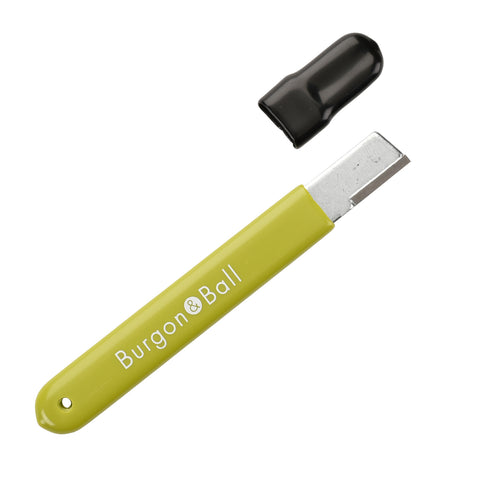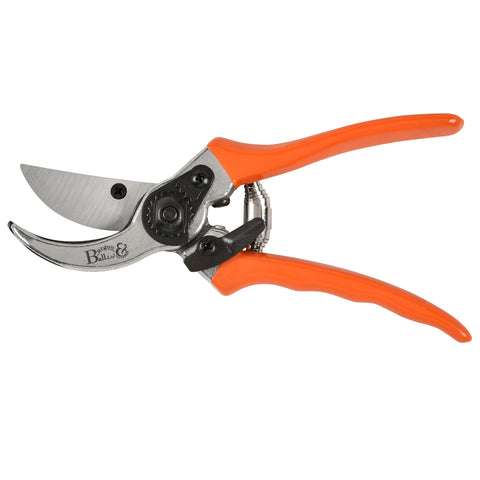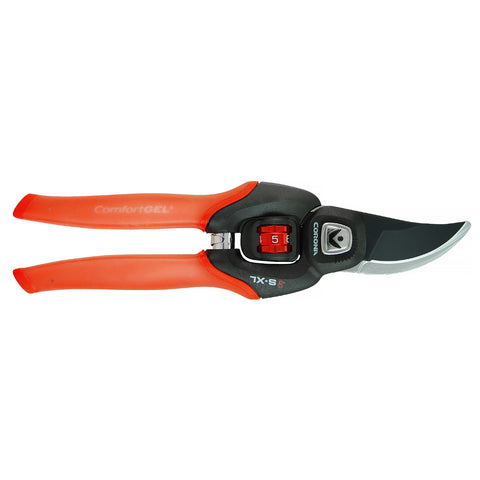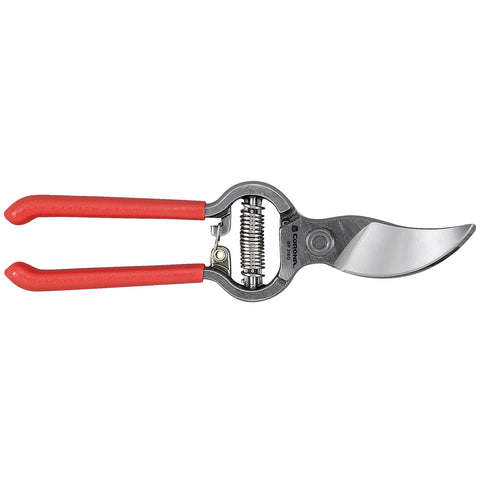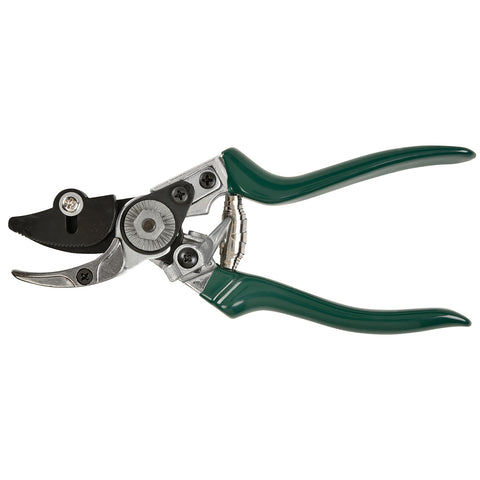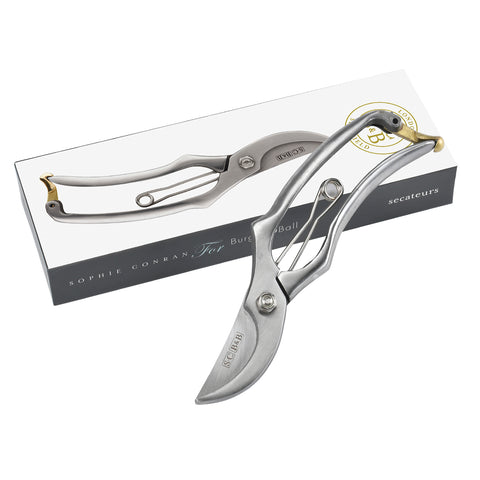 Roses are without doubt an all-time favourite garden bloom in the UK. Time and again, the rose has topped the charts in surveys to find the nation’s favourite flower. One of the joys of roses is that they are fairly robust plants with relatively few issues to look out for. However, they do benefit from a little TLC, and pruning is one way to help them stay healthy and look their best. Here’s our simple guide to pruning shrub and English roses.
Roses are without doubt an all-time favourite garden bloom in the UK. Time and again, the rose has topped the charts in surveys to find the nation’s favourite flower. One of the joys of roses is that they are fairly robust plants with relatively few issues to look out for. However, they do benefit from a little TLC, and pruning is one way to help them stay healthy and look their best. Here’s our simple guide to pruning shrub and English roses.Before you start cutting, a word about tools. Roses are generally very resilient, especially the modern varieties which have had disease resistance bred in. However, they can be vulnerable to fungal infection, so if you’re pruning healthy, live plant stems, choose a bypass action tool - read our guide to cutting tools here to find out more about the difference between bypass action and anvil action tools. Minimise the risk of infection by keeping your cutting blades very sharp so that they will slice cleanly through the plant tissue without crushing the stem, which could leave the plant vulnerable.
Making the first cuts
 The first, easy decisions about which stems to prune involve the three D’s: take out any stems that are dead, damaged or diseased, as your rose is clearly better off without them.
The first, easy decisions about which stems to prune involve the three D’s: take out any stems that are dead, damaged or diseased, as your rose is clearly better off without them.

Cutting creatively
Finally, prune for shape. Pruning in February or early March, just as the new growth starts, you’ll easily spot the new buds which are raring to start growing. You’ll see they point in different directions, some outwards, away from the plant, and some inwards, toward the plant. This is where you have the choice, and can get a bit creative in guiding the shape of your rose. If you feel your rose needs opening up a bit to widen the goblet shape, make a cut just above an outward-facing bud. If you feel your rose could do with growing upwards and becoming a bit less broad and bushy, prune above an inward-facing bud.
Make your pruning cuts diagonally, slanting away from the rose, so that rainwater runs off and doesn’t collect in the cut – again, it’s all about minimising the risk of infection for the plant. Make the cuts close to the bud, ideally no more than 5mm above it.
Finally, in a final step to caring for your cherished rose, give your secateur blade a clean, with an alcohol wipe or a mild bleach solution (nine parts water to one part bleach). Again, this is to minimise any risk of infection as you go on to prune your next rose.

The exceptions to the rule…
In the south of the UK, late February is a good time to prune shrub or English roses, but if you live in a chillier part of the country, and normally get frost until March or even April, you can wait a bit longer.
Treat climbing and rambling roses differently. Climbing roses (which repeat flower throughout the summer and often into the autumn) can be pruned in late autumn or early winter, after they’ve finally finished their display, so you can easily see what stems you have to work with. Rambling roses (which flower once and then die back) can be pruned in the late summer, after they’ve finished flowering.
If your rose isn’t a climber, but you’re in doubt over which type or rose you have - bush, shrub, or English – pruning in late February or early March is generally a good rule of thumb.
With a little TLC now in the cold dark days of February, your rose will go on to delight you with its display later in the summer, and for many years to come.


